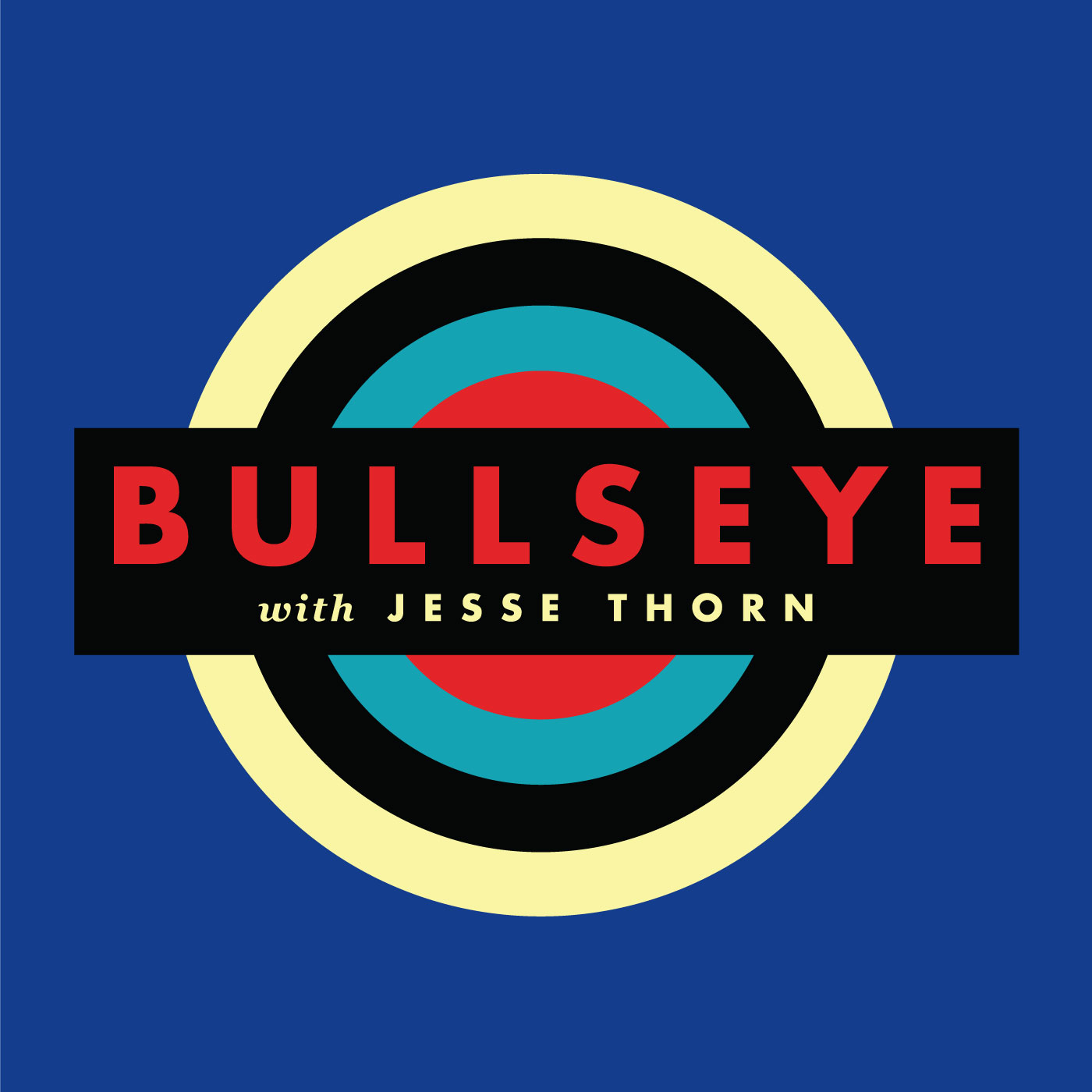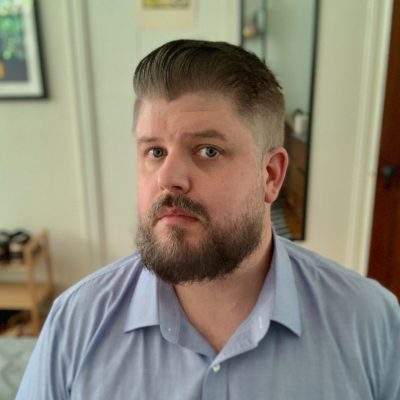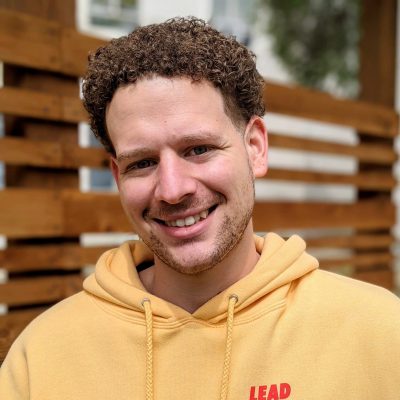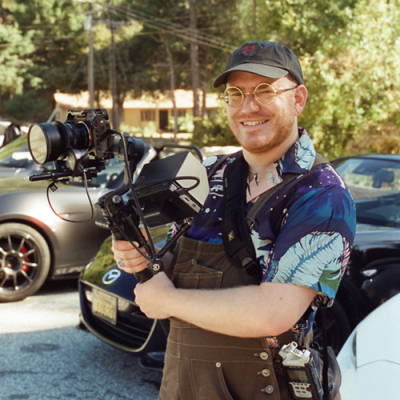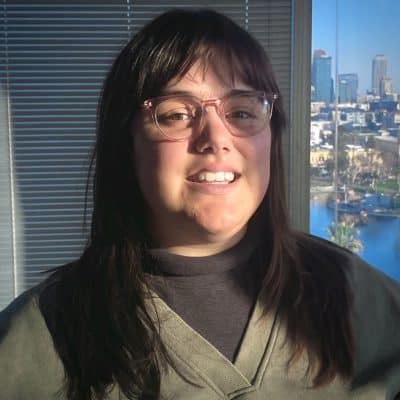Transcript

jesse thorn
It’s Bullseye. I’m Jesse Thorn. Time now for “The Song That Changed My Life”, a segment where we ask musicians about songs they heard in their formative years that helped make them who they are. [Music fades in.] This week, it’s DāM-FunK.

music
“Hood Pass Intact” from the album Toeachizown by DāM-FunK. [Volume decreases and continues under the dialogue then fades out.]

jesse thorn
DāM-FunK is a modern-day champion of funk music—perhaps the modern-day champion. He’s recorded dozens of albums. As you can hear, his sound is a bit of a throwback. His army of analogue synthesizers captures the funk sound of the late 1970s and early 1980s. He might be the world’s biggest obsessive of the dazzling, late period funk subgenre called boogie. DāM-FunK has worked with Snoop Dogg, Todd Rundgren, Christine and the Queens, and many others. His latest record came out a few months ago. It’s called Above the Fray.

music
“City Beach Groove” from the album Above the Fray by DāM-FunK. [Volume decreases and continues under the dialogue then fades out.]

jesse
When we asked DāM-FunK about the song that changed his life, guess what? It was not a funk song! Not even a little bit funky. Here’s DāM.

dām-funk
Hey, what’s happening, y’all? This is DāM-FunK, and this is the song that changed my life.

music
“Chase” from the album Midnight Express by Giorgio Moroder. A suspenseful, electronic tune which continues to play under the dialogue.

dām-funk
The first time I heard “The Chase” by Giorgio Moroder was on a radio station called Kiss FM 102.7. It’s a radio station based here, in Los Angeles, California. And it was around like maybe 1978? It was in my family listening room and it had the stereo with the big chair that I would sit back and bop my head on with my big afro and it would—you know, leave a dent in the sofa. And I just heard this song, and it was attached to a movie called Midnight Express. And I was like—I’ll stay timeless, my age. But, uh, [laughs] I was a kid, and it just made a big impression on me when I heard the intro. It just blew me away. What struck me about “Chase”—which is just the technical title. A lot of us call it “The Chase”. But what struck me about the song was the electronics of it and also the rhythm and the synthesizers and the beat. When that snare comes in dry, and then the high hats, and the phased-out synth pad in the background is really unique and eerie. The four on the floor thing didn’t sound so disco-y. It just sounded like more electronic. Four on the floor is a disco beat which is: Boom. Boom. Boom. Boom. The four on the floor on this particular joint didn’t remind of disco. It reminded me of something more futuristic. My relationship to music before that song was music that was in the household. My dad bought a lot of records. Some [inaudible] records in Pasadena and, you know, various places. And my mom loved music as well. But some of the music that they played around the house that was sitting on the music record stand—you know, they had albums like the Ohio Players, Skintight, Barry White’s album with all the ladies in the palm of his hands with “I’ve Got So Much Love to Give”. They had Iron Butterfly’s In-A-Gadda-Da-Vida. All of those records. Al Green’s records. They were in the pad. But to go back to—particularly to 1978, “Chase”. You know, it was just a great song. I learned how to play it on the organ/electric piano that were sold at malls around America at that time. Plus, the drum machine. And made my own sounds from it. So, the inspiration from “Chase” inspired me to start doing my own type of songs.

music
[Volume increases.] [Volume decreases and continues under the dialogue.]

dām-funk
When I heard this record, my being aware of electronic music was just as being an open-eared, open-minded kid not putting anything in genres. I just loved the music. And that’s what I love about this song, that I loved it because even though—you know, I’m a funkster now, staunchly, I always liked all styles of music. So, this song crossed definitions of what a genre was. And now, I’m not one of those cats that champions the screaming at the mountaintop thing of like, “We’re not playing any genre. Name me genre-less.” I stand tall for funk. But this particular song, to me, was genre-less. And that’s what left the impression on me when I played it, because I didn’t think of it as any type of electronic style of music or some kind of disco song or what have you. I just thought of it as a great production from Giorgio Moroder, who I was already familiar with subliminally by the Donna Summers stuff he was doing and things like that. But when this song dropped, I was like, “Who is this dude?”

clip
Music: Sporadic synth tones. Speaker: Take the human touch, combine it with a digital computer, and you’ve got composer-producer Giorgio Moroder! Plugged in, turned on, and creating musical magic from thin air and solid-state electronics. From his disco hits for Donna Summer— Music: “I Feel Love” by Donna Summer. Ooh, fall and free, fall and free, fall and free Fall and free, fall and free [“I Feel Love” fades out to be replaced by plucky synth.] Speaker: To his Academy Awards for the score of Midnight Express, Moroder’s an innovator performing in his favorite place: a cluttered studio.

music
“Chase” from the album Midnight Express by Giorgio Moroder. [Volume decreases and continues under the dialogue.]

dām-funk
He’s just a really great producer and a pioneer in electronic music, as well—fusing live instrumentation and synthesizers. You know, he produced so many things I can name, but he’s been one of my favorite producers. I love his soundtracks. I love the way he progressed and grew into scoring and doing soundtracks and not strictly disco. So, he wasn’t one of the musicians that got washed away when the disco records got burnt in the baseball field. He journeyed onward and did more innovative things and didn’t let that stop him. I was always curious about Giorgio Moroder, but naturally, he was a part of the soundscape of growing up in Los Angeles. I mean, you know, after this record, he went on to do stuff like the American Gigolo soundtrack, with Blondie. So, he was able to do some of the rock stuff and even the soundtrack to Scarface—if I’m not mistaken. So, you know, he’s always been around in my side vision, even though I was getting into more—you know, metal and then funk and then electronic music like Kraftwerk and things like that. Eventually, I ended up doing a gig with him, in Portland. So, life is just weird! I never would’ve imagined Giorgio Moroder even touring, doing DJ sets. But I ended up on the bill with Giorgio Moroder. And my first 12-inch I ever bought was by Giorgio Moroder. So, that’s just funny how life goes sometimes, when you’re actually passionate and you really live it. I met him backstage and took a picture. I have it. Just me and him in the green room. It’s just amazing. You know, I didn’t chomp his ear off with a lot of questions. I just let him chill, because you know, I know how it is before you get ready for shows. Sometimes, people will talk to you and—you know, you’re thinking about the show to make hundreds of people happy, and then there might be one person that’s talking to you for about 15 minutes and it just kinda might throw you off. So, I respected Giorgio Moroder by just giving him his props and his flowers and nodding my head. Shook his hand, we took a picture, and I just let him have his own space and I went into my dressing room. And I love the breakdown right here.

music
[Volume increases.] [Volume decreases and continues under the dialogue.]

dām-funk
Right now, we’re hearing the chase scene—and a very deep scene of the movie, Midnight Express, when the main character is running through the marketplace trying to get away from the cops and they’re chasing him because of the dope that was taped to his body. But that’s an intense scene and he’s running through the marketplace. Things are making a lot of sound. Things are being knocked over and that’s kind of what we’re hearing. You know, before videos and all of that stuff, you had to create the imagery with your sounds. So, the producer and the musician like, “Hey! We’re gonna really do this!” Like—[chuckles.]

music
[Volume increases, the tempo building to a frenetic intensity.] [Volume decreases and continues under the dialogue.]

dām-funk
This song changed my life in a way where I was able to really ingest electronically fused live instrumentation music. I loved the fact that this particular, quote/unquote “disco” song wasn’t fun and games. It had a serious tone to it. I think that’s what I was attracted to it for. You know, as I say, just like some of the situations with me being into funk—sometimes, funk can be misinterpreted as always a good, old time and what have you. But sometimes, funk can be emotive and emotional and has a message to it and a little bit darker and deeper sometimes. And I think that’s why Giorgio Moroder’s “Chase” resonates with me. It wasn’t a funky good time. It was a chase. And I think that that kind of disco then had room amongst the regular disco tracks, just like the type of funk I do has room next to the party jams in funk.

jesse
DāM-FunK on the song that changed his life: “Chase” by Giorgio Moroder. That’s the 12-inch version, by the way. It is 13 minutes long! Get ‘em on the dance floor and keep ‘em there. Along with being a talented musician and composer, DāM-FunK is also a great DJ. He hosts the Apple Music show Glydezone Radio, where he spins a mix of hits and obscure finds from his collection. [“Chase” fades out to be replaced with “Begin Again”.] Let’s go out on one more song from DāM-FunK. This one is called “Begin Again”.

music
“Begin Again” from the album Above the Fray by DāM-FunK. [Volume decreases and continues under the dialogue.]

jesse
That’s the end of another episode of Bullseye. Bullseye is created from the homes of me and the staff of Maximum Fun, in and around greater Los Angeles, California—where, at the suggestion of a Twitter user, I wrapped a piece of audio equipment I have called a Cloudlifter in copper tape, and it really knocked out the buzz I had on my microphone! And plus, now my Cloudlifter sort of looks like C-3P0 or something. Our show is produced by speaking into microphones. Our senior producer, Kevin Ferguson. Our producer is Jesus Ambrosio. Production fellows at Maximum Fun are Richard Robey and Valerie Moffat. We get help from Casey O’Brien. Our interstitial music is by Dan Wally, also known as DJW. Our theme song is called “Huddle Formation”, recorded by the group The Go! Team. Thanks to them and to their label, Memphis Industries, for sharing it. You can also keep up with the show on Twitter, Facebook, and YouTube. We post all our interviews there. And I think that’s about it. Just remember: all great radio hosts have a signature signoff.

promo
Speaker: Bullseye with Jesse Thorn is a production of MaximumFun.org and is distributed by NPR. [Music fades out.]
About the show
Bullseye is a celebration of the best of arts and culture in public radio form. Host Jesse Thorn sifts the wheat from the chaff to bring you in-depth interviews with the most revered and revolutionary minds in our culture.
Bullseye has been featured in Time, The New York Times, GQ and McSweeney’s, which called it “the kind of show people listen to in a more perfect world.” Since April 2013, the show has been distributed by NPR.
If you would like to pitch a guest for Bullseye, please CLICK HERE. You can also follow Bullseye on Twitter, YouTube, and Facebook. For more about Bullseye and to see a list of stations that carry it, please click here.
Get in touch with the show
People
How to listen
Stream or download episodes directly from our website, or listen via your favorite podcatcher!
